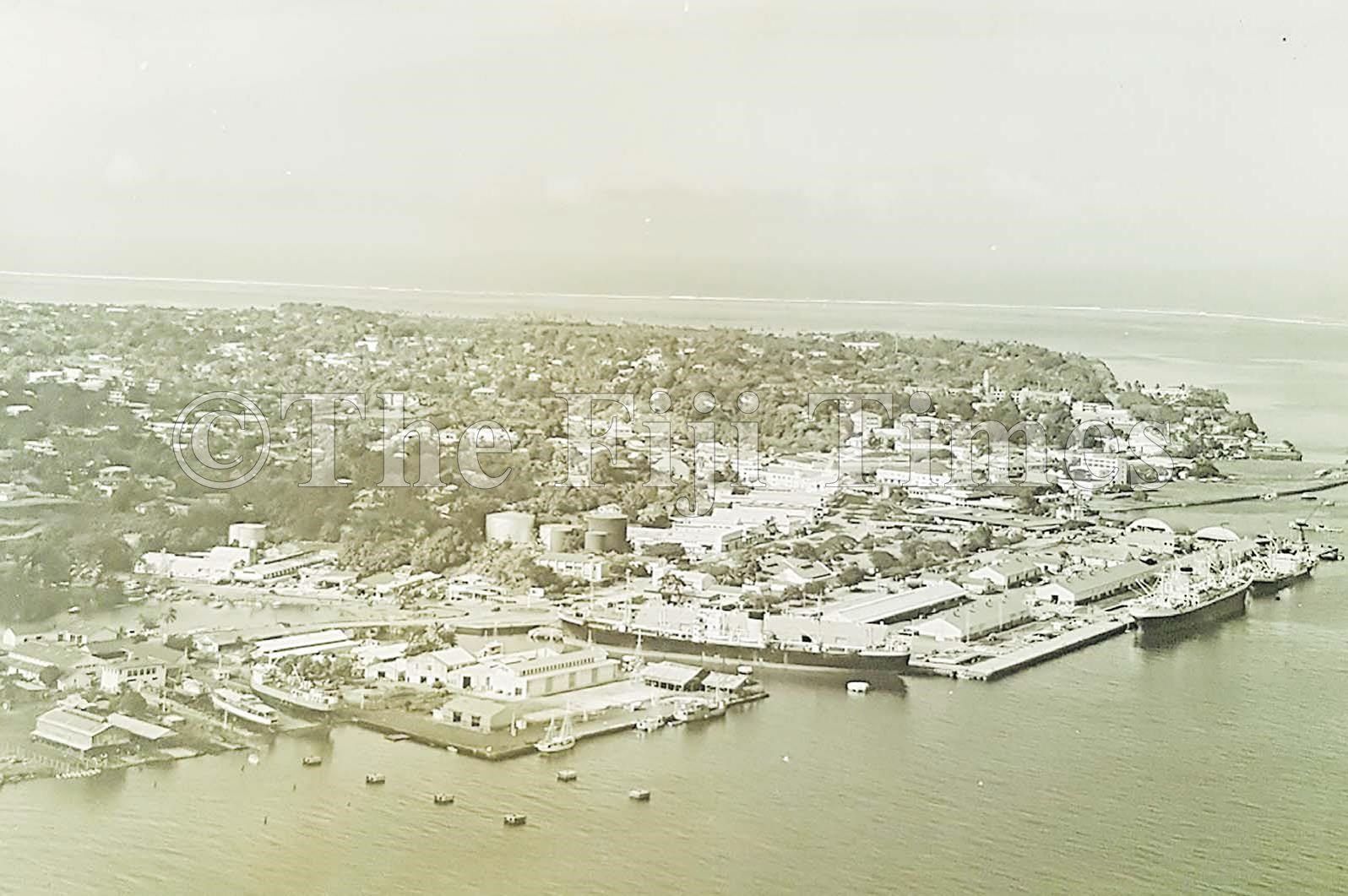Long line of Suva chiefs – Part 3
This is the final part of “Long line of Suva chiefs ended at Suvavou Village”, a story that appeared in The Fiji Times on Tuesday, April 21, 1959. Part II ended when the people of Suva presented a woman of chiefly birth and a tabua as “soro”, seeking protection from the kingdom of Rewa.
Early next morning the people of Suva crossed Nubukalou Creek at the ford near Holland St and found safety at their old town, Uluvatu.
They sent a soro to Rewa in the form of a woman of chiefly rank and a tabua.
Under the premise of that protection, the people of Suva left their town, located at Thurston Gardens.
But on the cliffs, not far away from Suva (near the present Home of Compassion) fighting broke out again and many people were clubbed or speared, then hurled over the cliffs.
Some escaped the Rewan onslaught, followed the snaking Tamavua River and found refuge in the hills. Ravulo was probably one of them.
Later, Suva was rebuilt by Ratu Seru Cakobau but with so many dead at the hands of the Rewans, the town was a shadow of its former glory.
Ravulo died between 1854 and 1860 and was buried at Bau on the mound on which the great temple stood on the island.
The chiefly burial place for the rulers of Suva was in the caves under Sealark Hill near Walu Bay, which is now overgrown and hidden from sight. After Ravulo’s death, his widow, Adi Mili, returned to Bau.
While on Koro Island with her father, she eloped with Ratu Golea, who later rose to Tui Cakau and was the mother of Ratu Lala and Ratu Rabici. In later years, Adi Mili was known as Adi Eleanor.
Cakobau took Salote and Ambrose of Suva to Bau and acted as their guardian. While they were still children, he ceded the peninsula of Suva to the Polynesia Company. Historian, Colman Wall, noted: “For this deed the Suva people to this day (1918) remember him well in their prayers.”
Wall described this point in history as a time when graves of the chiefs of Suva lay far apart.
“Tui Saketa was buried in the caves of Sealark Hill, his son Ravulo at Bau, Ratu Ambrose at Rewa and Adi Salote at Nadroga while the last of them all, Ratu Arthur Ravulo, lies on the little promontory at Suvavou,” Wall noted.
In the 1950s, Suvavou still had a living link with the old Suva town — Adi Saravina Drotini, who was the last person born at the old town before its inhabitants moved to Suvavou.
The name Naiqasiqasi, according to Suvavou people, has an interesting meaning as it refers to the place near Government House.
According to them, this was the name coined by the mother of Ratu Ambrose, the last Tui Suva at the old Thurston Gardens town.
Ratu Ambrose’s mother was very old and used to walk around in a stooped position. Fijians compared her gait with the movement of “crabs”.
Wall suggested the main reason the Suva people left the safety of their town at Vatuwaqa for a place near the beach was because of the pressure from the ladies of Bau, who complained about having to walk long distances from the beachfront.
He said because of the inter-marriage that occurred between those of rank in Suva and Bau, the women of Bau were regulars to old Suva.
According to historian, R A Derrick, “Suva was a dependency of Bau and a favourite resort of the aged King, Tanoa, grandfather of Ravulo, the chief of Suva”.
Wall said as ladies grew older and lost their “graceful figures” the climb up the hill at Vatuwaqa became more and more tiresome in the heat and rain.
He said, it was they who aggressively pushed for the transfer of the town to the beach (Thurston Gardens), where the Bauan canoes could land them easily.
As with other races, in the day Fijian mothers-in-law wielded a lot of influence in old Fiji and they were in
some part responsible for the tragedy that happened in Suva.
According to Suvavou people, the old lady who gave the name “Naiqasiqasi” was responsible for the transfer.
Her part of in the journey of the early Suva people is still remembered today.

